
D Auto identification function Display units can be selected using either or . This function automatically identifies the pressure range of the pressure sensor that is connected to the multi-channel pressure sensor controller, thus eliminating the need of having to reset the range again after replacing the sensor.
Controller model Mounting screw Mounting bracket assembly LC1-1H-N3 M3 x 0.5 LC1-1-N3 Power terminal: TB LC1-1H-N5 M5 x 0.8 LC1-1-N5 LC1-1H-L3 M3 LC1-1-L3 LC1-1H-L5 M5 LC1-1-L5 Communication connector: CN3 Motor power line connector: CN5 Mounting with T-nuts Regenerative absorption unit connector: CN6 Controller Command Setting List Actuator control commands Parameter value Classification
Mounting bracket Ass'y Mounting screws Controller model M3 x 0.5 LC1-1-N3 LC1-1B-N3 M5 x 0.8 LC1-1-N5 LC1-1B-N5 M3 LC1-1-L3 LC1-1B-L3 M5 LC1-1-L5 LC1-1B-L5 Note) This controller comes with either the T-nuts or T-brackets as accessories.
D Auto identification function Display units can be selected using either or . This function automatically identifies the pressure range of the pressure sensor that is connected to the multi-channel pressure sensor controller, thus eliminating the need of having to reset the range again after replacing the sensor.
Stations: 10 Stations, SUP/EXH Block Mounting: D (D Side 2~10 Stations), Pilot: S (Internal Pilot, Built-in Silencer), A, B Port: N1 (1/8" One-touch Fitting), Mounting Method: D (DIN Rail Mounting)
Stations: 8 Stations, SUP/EXH Block Mounting: B (Both Sides 2~20 Stations), Pilot: Internal Pilot, A, B Port: N7 (1/4" One-touch Fitting), Mounting Method: D (DIN Rail Mounting)
Stations: 12 Stations, SUP/EXH Block Mounting: B (Both Sides 2~20 Stations), Pilot: Internal Pilot, A, B Port: N7 (1/4" One-touch Fitting), Mounting Method: D (DIN Rail Mounting)
Stations: 9 Stations, SUP/EXH Block Mounting: U (U Side 2~10 Stations), Pilot: Internal Pilot, A, B Port: C6 (ø6 One-touch Fitting), Mounting Method: D (DIN Rail Mounting)
Stations: 5 Stations, SUP/EXH Block Mounting: U (U Side 2~10 Stations), Pilot: Internal Pilot, A, B Port: N7 (1/4" One-touch Fitting), Mounting Method: D (DIN Rail Mounting)
Stations: 6 Stations, SUP/EXH Block Mounting: U (U Side 2~10 Stations), Pilot: Internal Pilot, A, B Port: N7 (1/4" One-touch Fitting), Mounting Method: D (DIN Rail Mounting)
Stations: 10 Stations, SUP/EXH Block Mounting: B (Both Sides 2~20 Stations), Pilot: Internal Pilot, A, B Port: N7 (1/4" One-touch Fitting), Mounting Method: D (DIN Rail Mounting)
Stations: 2 Stations, SUP/EXH Block Mounting: B (Both Sides 2~20 Stations), Pilot: S (Internal Pilot, Built-in Silencer), A, B Port: N7 (1/4" One-touch Fitting), Mounting Method: D (DIN Rail Mounting)
Stations: 7 Stations, SUP/EXH Block Mounting: B (Both Sides 2~20 Stations), Pilot: S (Internal Pilot, Built-in Silencer), A, B Port: N7 (1/4" One-touch Fitting), Mounting Method: D (DIN Rail Mounting)
Stations: 3 Stations, SUP/EXH Block Mounting: B (Both Sides 2~20 Stations), Pilot: Internal Pilot, A, B Port: C6 (ø6 One-touch Fitting), Mounting Method: D (DIN Rail Mounting)
Stations: 3 Stations, SUP/EXH Block Mounting: U (U Side 2~10 Stations), Pilot: Internal Pilot, A, B Port: N1 (1/8" One-touch Fitting), Mounting Method: D (DIN Rail Mounting)
Stations: 4 Stations, SUP/EXH Block Mounting: B (Both Sides 2~20 Stations), Pilot: S (Internal Pilot, Built-in Silencer), A, B Port: N7 (1/4" One-touch Fitting), Mounting Method: D (DIN Rail Mounting)
Stations: 5 Stations, SUP/EXH Block Mounting: B (Both Sides 2~20 Stations), Pilot: S (Internal Pilot, Built-in Silencer), A, B Port: N7 (1/4" One-touch Fitting), Mounting Method: D (DIN Rail Mounting)
Stations: 5 Stations, SUP/EXH Block Mounting: U (U Side 2~10 Stations), Pilot: S (Internal Pilot, Built-in Silencer), A, B Port: C4 (ø4 One-touch Fitting), Mounting Method: D (DIN Rail Mounting)
Stations: 6 Stations, SUP/EXH Block Mounting: U (U Side 2~10 Stations), Pilot: S (Internal Pilot, Built-in Silencer), A, B Port: N1 (1/8" One-touch Fitting), Mounting Method: D (DIN Rail Mounting)
Stations: 9 Stations, SUP/EXH Block Mounting: B (Both Sides 2~20 Stations), Pilot: Internal Pilot, A, B Port: N7 (1/4" One-touch Fitting), Mounting Method: D (DIN Rail Mounting)
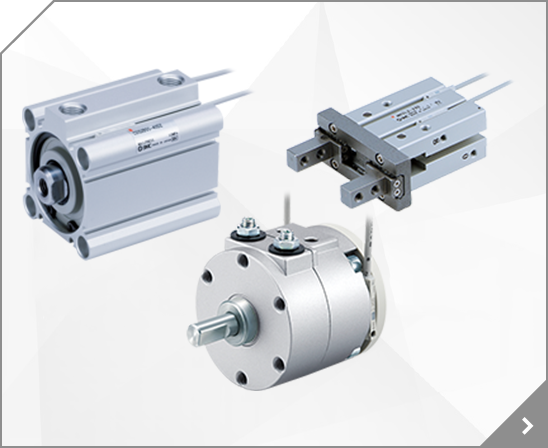
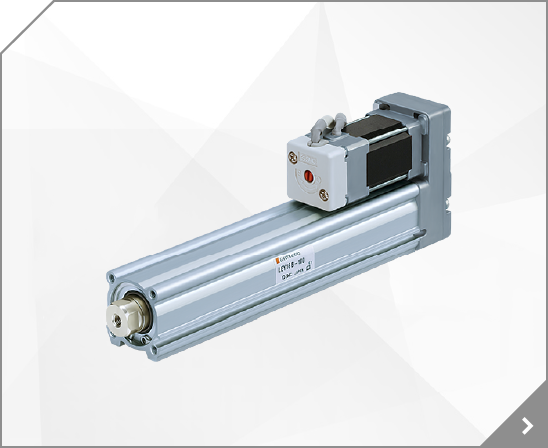
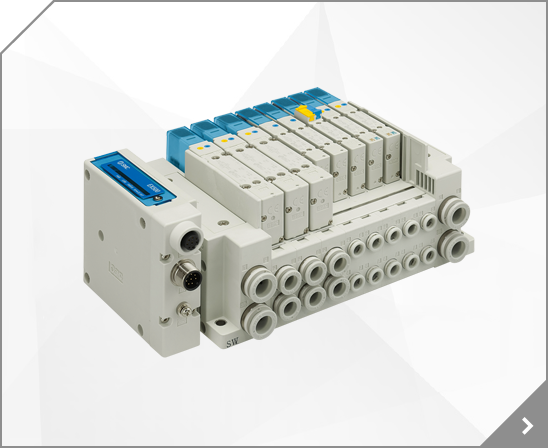
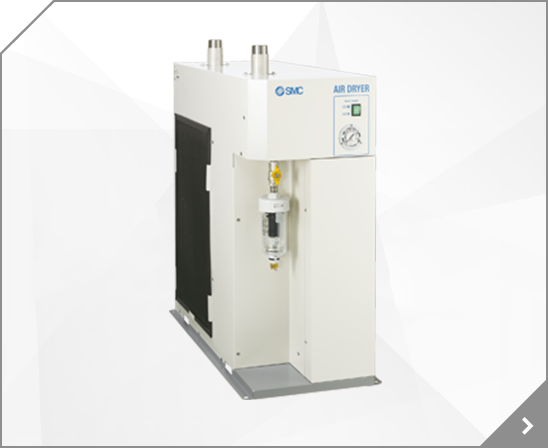
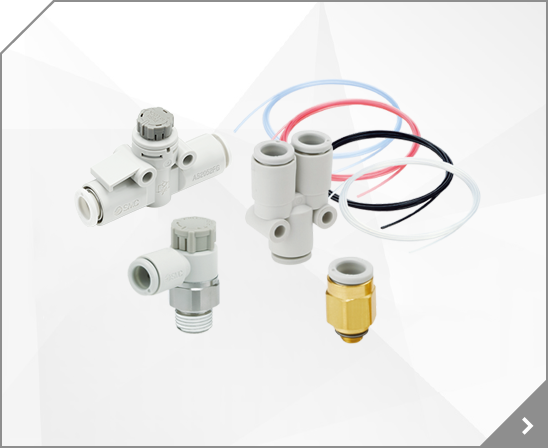

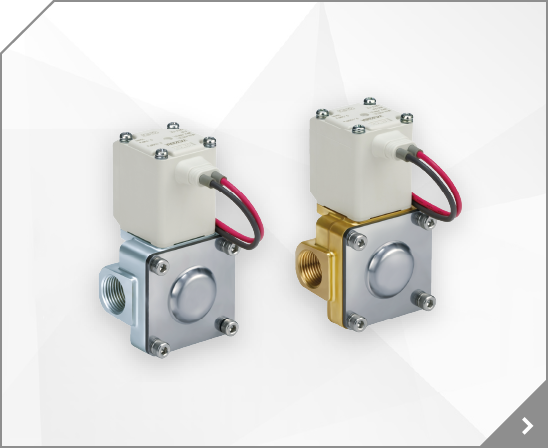

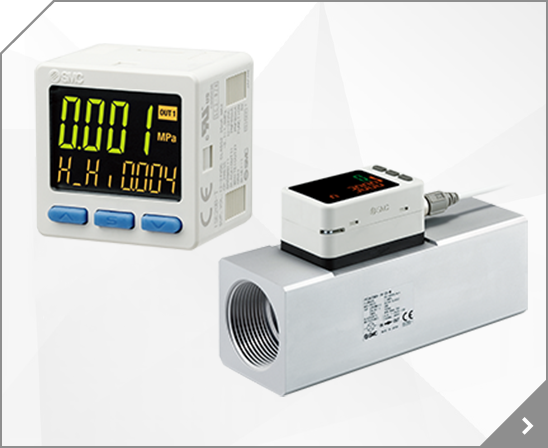
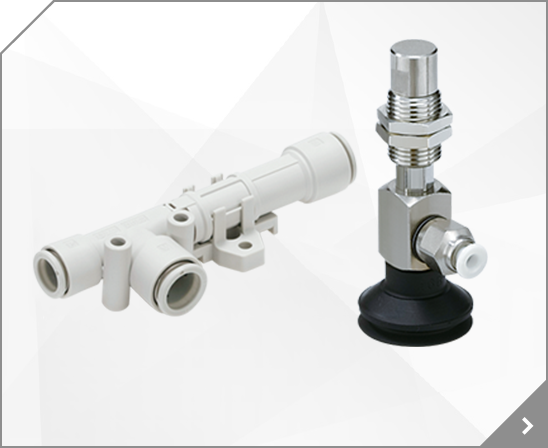

 PSE530/200
PSE530/200